Sun, king of summer
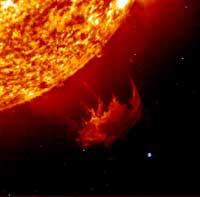
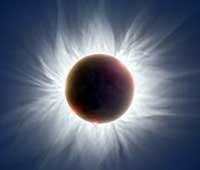
Although sometimes it is not able to appear behind the clouds, the Sun rises every day. Perhaps that's why he doesn't pay too much attention, he seems boring. Reality, however, is very different, because the action of the Sun is terrible. The Sun is constantly vibrating. Like the Earth, the Sun has a rotation movement, but it is not a homogeneous rotation, since on the surface it moves faster than in the rest of the latitudes of Ecuador, and if you go inside the Sun, things change.
On the other hand, the Sun itself is the main agent of the solar wind, responsible for the continuous flow of electrons, ions and magnetic fields. This wind seems to be of two types: one slow, of 350-400 kilometers per second, and another faster, of 750 kilometers per second. It seems that the slow flow occurs in the areas of Solar Ecuador, while the fast occurs in the proximities of the crown. Regardless of the place of origin, the crown is responsible for the thrust of the wind. The temperature in the crown is 1,000,000 degrees, which generates an outward pressure capable of surpassing the gravity force of the Sun, generating a continuous flow. Also known are solar cycles, times of change in the magnetic field of the star. Each cycle lasts approximately 22 years.
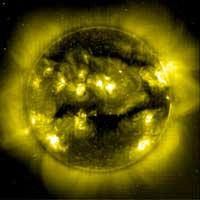
As you can see, the Sun is the meeting point for many activities. But how is our giant star? Structurally, experts distinguish between internal and external structure. The nucleus, the radiation zone, and the convection zones constitute an internal structure. The core extends to 200,000 kilometers from the center of the Sun. It is mainly formed by helium, hydrogen and free electrons. There are nuclear fusions. On the core is the radiation zone, located about 500,000 kilometers from the end point of the nucleus. This layer expands the energy produced by the core. On it is the convection zone, between 500.000 and 700.000 kilometers. In this area energy is also propagated by convective cells that reach the surface of the Sun. Granules and supergranules are the expression of very luminous zones that, often, appear on the surface of the Sun.
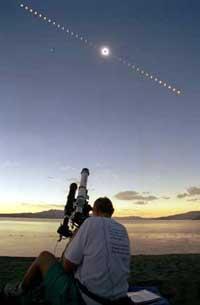
Therefore, before speaking of the granules and supergranules of the Sun, one must speak of the outer structure of the Sun, formed by the photosphere, the chromosphere and the crown. The photosphere is about 350 kilometers thick and the light that is collected on Earth comes from there. Upon reaching the photosphere, the photons escape and reach the Earth. They cannot escape before because the high density of matter does not allow it. According to experts, photons take 10 million years to get from the nucleus to the photosphere. Sunspots, factual, feathers, grains, etc. They are also part of the photosphere. At the end of the photosphere appears the chromosphere, a layer of 10,000 kilometers thick. Spiculas, protuberances and filaments, among others, are part of the chromosphere. And finally the crown. Where on August 11 the eclipse was complete, it could be seen without special tools. Despite being an outer layer of the Sun's atmosphere, if it has not been seen with special devices, or in eclipses, it is not perfectly visible. Apart from this, the heliosphere has also been characterized by the arrival of the solar wind and the associated magnetic field.
As read, it is clear that the Sun is not a quiet star that seems to be seen from Earth, as it produces spectacular. According to experts, the Sun is in a distended cycle. According to them, it has been around 4.5 billion years in this peaceful cycle, and it is possible that another 5 billion will pass before the peace cycle ends. From there, as evolution advances, the phenomena that occur in the Sun will transform, they will be more complex and giant until it overflows. They say that then will return the tranquility, but otherwise…
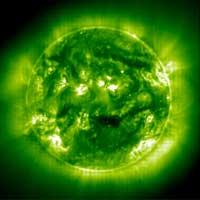
In case, experts continue to work on research on the teaching of results from solar observation. Therefore, at present there are solar research programs. The SOHO satellite (Solar Heliosphere Observatory) has this function, observe the Sun and accumulate as much information as possible. It was launched in 1995 by the European Space Agency in collaboration with NASA. The Ulysses probe had the same function. After the return from Jupiter, in 1994 it passed over the South Pole of the Sun and in 1995 over the North Pole.
Published in 7
Buletina
Bidali zure helbide elektronikoa eta jaso asteroko buletina zure sarrera-ontzian











